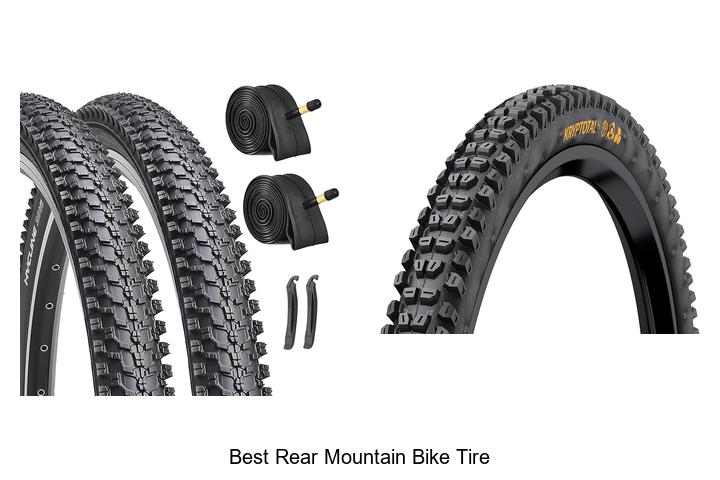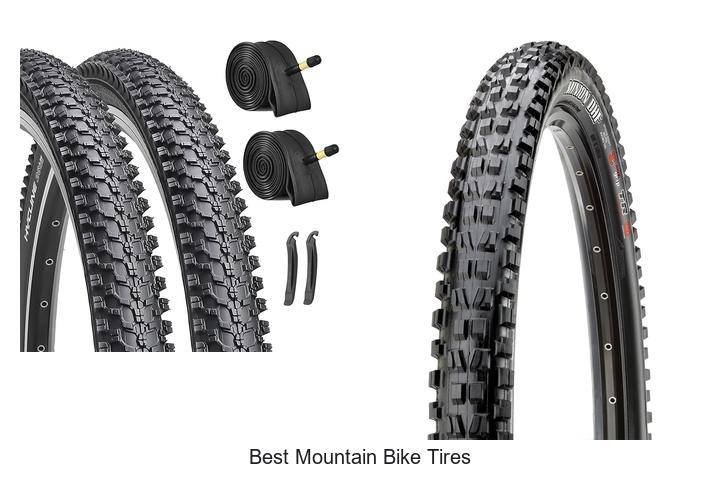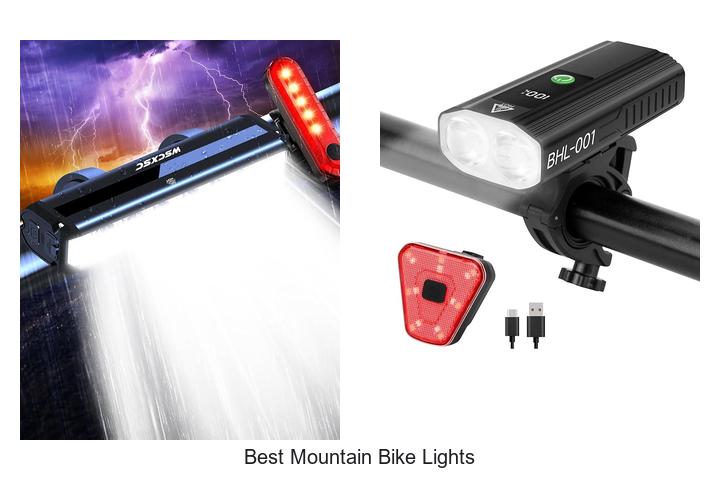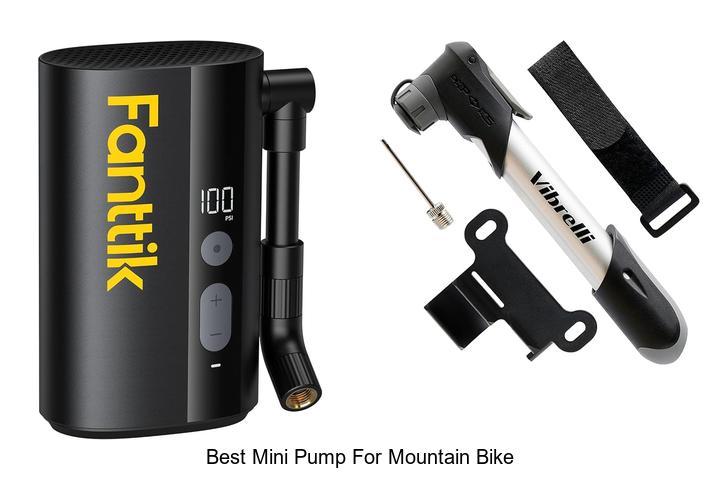Is Road Bike or Mountain Bike More Expensive? Price Comparison
Key Takeaways
- Road bikes typically have higher upfront costs due to lightweight carbon fiber frames and advanced groupsets designed for speed and efficiency.
- Mountain bikes vary widely in price, influenced by suspension systems and frame strength, with more frequent maintenance needs increasing long-term costs.
- Entry-level models for both bike types start around $700-$800, while high-end road bikes can exceed $10,000 and premium mountain bikes reach $8,000 or more.
- Frame material, components quality, and brand reputation are key factors driving price differences between road and mountain bikes.
- Maintenance and accessory expenses are generally higher for mountain bikes due to suspension servicing and rugged parts replacement.
- Choosing the right bike depends on balancing your riding style, budget, and willingness to invest in upkeep and upgrades.
Choosing between a road bike and a mountain bike often comes down to your riding style and budget. Both types offer unique features and benefits, but their costs can vary significantly depending on what you’re looking for. Understanding the price differences helps you make a smart investment that fits your needs.
You might assume one is always pricier than the other, but the reality is more nuanced. Factors like materials, components, and brand reputation all play a role in the final price tag. Whether you’re a casual rider or a serious cyclist, knowing which bike demands a bigger budget can guide your decision and ensure you get the best value for your money.
Comparing the Cost of Road Bikes and Mountain Bikes
Road bikes generally cost more upfront due to advanced frame materials like carbon fiber, aerodynamic design, and high-performance components. Mountain bikes often feature more robust frames, suspension systems, and wider tires, increasing their price depending on the level of technology.
| Bike Type | Typical Price Range (USD) | Key Cost Drivers |
|---|---|---|
| Road Bikes | $800 – $10,000+ | Frame material, groupset quality, wheels |
| Mountain Bikes | $700 – $8,000+ | Suspension travel, frame strength, components |
You encounter lower-end models of both bikes around $700 to $1,000, suitable for beginners. Mid-range options fall between $1,500 and $3,500, offering better materials and components. High-end road bikes use lightweight carbon fiber frames and electronic shifting, which push prices above $7,000. Similarly, full-suspension mountain bikes with carbon frames and advanced suspension systems reach comparable price points.
Maintenance and accessories also affect overall costs. Mountain bikes require more frequent suspension servicing and replacement of off-road specific parts. Road bikes need durable tires and occasional wheel truing to maintain speed and efficiency.
By analyzing these price factors, you can align your choice with riding style and budget.
Factors Influencing Bike Prices
Several key factors determine the price differences between road bikes and mountain bikes. Understanding these aspects helps you assess value and choose the right bike within your budget.
Frame Material and Build Quality
Frame material significantly impacts bike cost. Carbon fiber frames offer lightweight strength and stiffness, common in high-end road bikes, pushing prices higher. Aluminum frames provide durability and affordability, frequently found in entry-level mountain bikes. Steel frames offer comfort and longevity but add weight, mostly seen in budget-friendly models. Build quality involves craftsmanship precision and welding techniques, affecting performance and price.
Components and Gear Systems
The quality and complexity of components influence price sharply. Road bikes often include advanced groupsets with multiple gears for speed optimization, such as Shimano Ultegra or SRAM Force, raising costs. Mountain bikes feature robust suspension systems—hardtail or full suspension—and drivetrain parts designed for rugged terrain, which increase price. Higher-tier components deliver better shifting, braking performance, and durability, justifying higher investment.
Brand Reputation and Model Range
Brands with strong reputations command premium prices based on reliability, innovation, and customer support. Well-known manufacturers like Trek, Specialized, and Cannondale offer broad model ranges catering to different rider needs and budgets. Signature technologies and proprietary designs also add price value. Lesser-known or emerging brands may offer competitive pricing but vary widely in quality and features.
Cost Breakdown: Road Bikes
Understanding road bike costs helps you budget effectively for your purchase and upkeep. Prices vary widely depending on components, materials, and additional expenses.
Entry-Level to High-End Road Bikes
Entry-level road bikes start around $800, featuring aluminum frames and basic groupsets from brands like Shimano Tourney or MicroSHIFT. Mid-range models range from $1,500 to $3,500, typically offering carbon fiber frames with mid-tier groupsets such as Shimano 105 or SRAM Rival. High-end road bikes exceed $5,000, with prices reaching up to $10,000 or more. These bikes use advanced carbon fiber, lightweight wheels, and top-tier groupsets like Shimano Dura-Ace or SRAM Red. Performance enhancements like aerodynamic frames and electronic shifting also increase the cost. Your choice depends on the level of performance and investment you seek.
Maintenance and Accessory Expenses
Routine maintenance includes brake adjustments, drivetrain cleaning, and tire replacements, averaging $100 to $300 annually. High-performance road bikes may require specialized servicing, which increases labor costs. Accessories such as helmets, clipless pedals, cycling shoes, and clothing add $200 to $600 to your initial budget. Upgrading components like wheels or saddles can further increase expenses. Factoring in these costs provides a more accurate estimate of your total road bike investment.
Cost Breakdown: Mountain Bikes
Mountain bike costs vary widely depending on type, components, and intended use. Understanding these factors helps you plan your budget effectively.
Types of Mountain Bikes and Their Prices
- Cross-Country (XC) Bikes offer lightweight frames and efficient pedaling. Entry-level models start around $700, mid-range bikes range from $1,200 to $3,000, and high-end carbon fiber versions exceed $5,000.
- Trail Bikes balance climbing and descending capabilities. Prices usually begin at $1,000, with mid-range models between $2,000 and $4,000, while advanced designs can cost over $6,000.
- Enduro Bikes focus on aggressive downhill performance with durable frames and extended suspension. They often start at $2,500, mid-range models range from $3,500 to $6,000, and premium options surpass $8,000.
- Downhill (DH) Bikes cater to specialized downhill racing with heavy-duty components. Prices typically start near $3,500 and can rise above $8,000 for professional-grade builds.
- Fat Bikes designed for snow or sand riding generally range from $1,500 to $4,000 depending on frame materials and components.
Frame material impacts cost, with aluminum models more affordable and carbon fiber versions substantially pricier but lighter and stronger. Suspension quality also influences price: bikes with full suspension cost more than hardtails due to shock absorbers and additional components.
Maintenance and Accessory Expenses
Mountain bikes demand more frequent maintenance because of rough terrain exposure. Expect annual servicing costs between $150 and $400, covering suspension tuning, brake adjustments, and drivetrain upkeep.
Essential accessories add to initial expenses. Items like helmets ($50–$200), gloves ($20–$60), pedals ($50–$150), and protective gear ($100–$400) contribute to total budget. Upgrading tires and grips tailored for specific trail conditions can also increase costs.
Regular maintenance prevents costly repairs and extends bike life, making upfront expenses worthwhile. Budgeting for periodic tune-ups and quality accessories ensures optimal performance and safety on varied terrain.
Which Is More Expensive: Road Bike or Mountain Bike?
Understanding the cost differences between road bikes and mountain bikes helps you choose the right bike for your budget. Both bike types offer models at varying price points based on features, materials, and intended use.
Price Comparison Overview
Road bikes generally cost more upfront due to lightweight carbon fiber frames and advanced groupsets designed for speed and efficiency. Entry-level road bikes start around $800, while high-end models exceed $10,000. Mountain bikes span a broader range, from $700 for entry-level Cross-Country (XC) bikes to $4,000 or more for advanced Downhill (DH) and Fat bikes. Aluminum frames lower the cost for mountain bikes but add weight compared to carbon fiber, which raises the price. Suspensions, such as front forks and rear shocks, also increase mountain bike prices, unlike road bikes with rigid frames. Overall, road bikes tend to have higher base prices, but mountain bikes can approach similar costs at the premium end depending on suspension and frame materials.
| Bike Type | Entry-Level Price Range | Mid-Range Price | High-End Price |
|---|---|---|---|
| Road Bike | $800 – $1,500 | $1,500 – $5,000 | $5,000 – $12,000+ |
| Mountain Bike | $700 – $1,200 | $1,200 – $3,000 | $3,000 – $8,000+ |
Long-Term Ownership Costs
Mountain bikes require more frequent maintenance due to suspension components, which need regular servicing every 50-100 hours of riding. You can expect annual maintenance costs around $150 to $400, including suspension tune-ups, brake adjustments, and drivetrain replacements. Essential protective gear also adds to your initial expenses, typically costing $200 to $600. Road bikes have lower routine maintenance costs since rigid frames and simpler suspensions reduce wear. However, high-end components on road bikes demand periodic servicing to keep performance optimal. Both bike types need tire replacements and brake pad changes over time, with mountain bike parts generally costing more due to rugged designs and suspension upkeep. Factoring in maintenance and accessories narrows the price gap between road and mountain bikes throughout your ownership.
Conclusion
Choosing between a road bike and a mountain bike comes down to your riding goals and budget. Both types offer options that range from affordable entry-level models to premium high-performance machines. Understanding how frame materials, components, and maintenance affect costs will help you make a smart investment.
By focusing on what fits your style and how much you’re willing to spend, you can find a bike that delivers the best value and enjoyment. Whether you prioritize speed and efficiency or rugged durability and trail capability, there’s a bike that matches your needs without breaking the bank.




